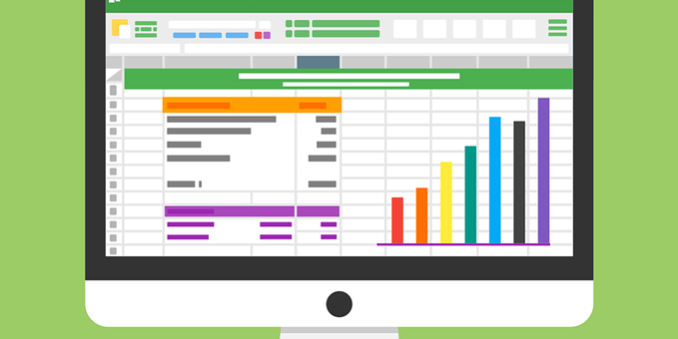Clinical research is an expensive process. Research shows that the estimated cost of clinical trial phase 1, 2 and 3 in the therapeutic area would be between $1.4 and $6.6 million, $7 and $19.6 million and $11.5 and $52.9 respectively. The cumulative cost includes clinical procedural costs, administrative costs and site monitoring costs.
In light of this, how has the role of EDC (Electronic Data Capture) helped? This guide is an overview of the benefits and challenges of using EDC in clinical trials.
Role of EDC in Clinical Trials
Over time, EDC has become a vital tool in better management of data for clinical trials. This may be attributed to the fact that it provides several benefits that make research and data collection and handling much simpler. Let’s discuss some of the purported benefits of EDC in clinical trials.
Benefits of EDC
Ease in Setting Up
Setting up a clinical study in an EDC system is very easy. Of course, this largely depends on the system you choose. This is why it is crucial to conduct prior research and look for the best EDC systems for clinical trials.
For example, Clinical Pursuit offers an EDC system, which isn’t just a product, but a whole data management solution in itself. It is designed in a way to allow for a rapid setup for the clinical trial. Its top features include an interactive database that allows for effortless and seamless integration and management of data.
Secure Access
Since a clinical trial involves you coordinating and collaborating with various researchers across the world, an EDC system makes this communication easier and more importantly, safer. Data can be reported in real-time, which mitigates the risk of wrong entry. Data can be reviewed immediately, which proves to be especially beneficial for high-risk trials.
Moreover, EDC software systems have authorized data entry, reducing the chances of breach of privacy. There are only specific links that can be accessed by specific users, ensuring access and security alongside.
Cost Reduction
EDC systems have a quicker turnaround, thereby reducing the time that is needed for preparing data. Queries can be sent in a timely manner, reducing delay, and thereby administrative costs. It also reduces the need for storage space, which further helps to keep costs down.
EDC-based data collection proves to be more cost-effective than other methods, reducing the risk of human error, which would require time, effort, and cost to rectify later on.
Challenges of EDC
There are two main challenges when integrating an EDC system in your clinical trial. First of all, you need to be careful that you choose the right EDC system for your needs.
After that, you will have to deal with staff that is not well-versed in dealing with technology. Time and money need to be spent training staff for easier integration of the system in your institution.
Conclusion
Overall, the benefits of EDC systems for clinical trials significantly outweigh the challenges. Choose the right EDC software and make data management much easier!







